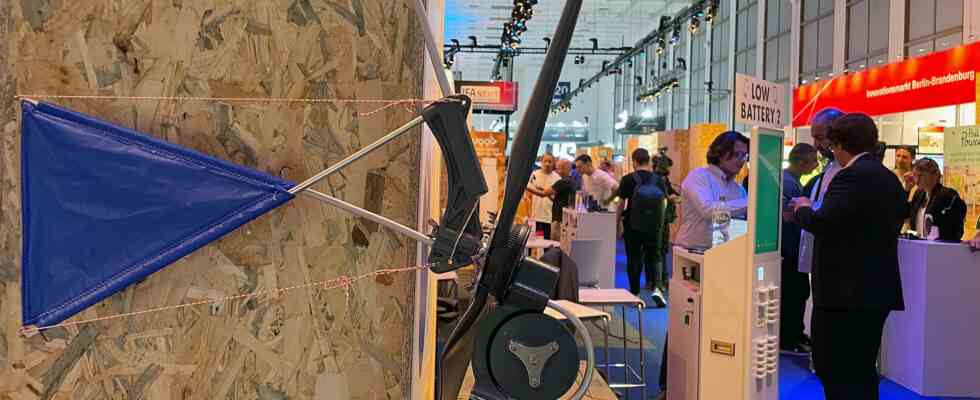Status: 09/18/2022 3:49 p.m
Wind turbines are now a common sight, but many are disturbed by their size. Airborne wind power plants, on the other hand, use wind energy at great heights without attracting attention.
In the course of the current energy crisis and climate change, the search for an alternative energy source is in full swing. Photovoltaic systems and wind power plants are among the market leaders in renewable energy sources and have already taken their place in many parts of the country.
But there is also criticism. This is most often related to the location and size of the systems. In the search for an alternative to the immobile giants, the idea of airborne wind power plants came about.
Generate electricity by flying a kite
Airborne wind power plants can achieve higher winds compared to conventional wind power plants with a lower consumption of raw materials. The tower of a windmill is replaced by a thin rope. Instead of the wheel, a kite flies, i.e. a kind of kite. Companies such as EnerKíte and Kitewinder are developing airborne wind power plants based on this principle.
However, a flying dragon alone does not generate electricity. Florian Breipohl, the research coordinator and future managing director of EnerKíte, explains how it works as follows: A kite dynamically flies an eight-shaped track. This creates a buoyancy that pulls the rope. This train is sent to a generator on the ground, which converts the energy into electricity. The electricity is then stored in a battery. This mechanism allows a continuous current flow. In theory, an earnings power of 400 to 600 megawatt hours per year would be possible – this would enable the kites to supply entire residential complexes with electricity.
Development is still in its infancy
Since airborne wind power plants are a newer technology, they are still in their infancy. The first prototypes with an initial output of 30 kilowatt hours are to be built and tested in 2023. The first commercially available kites are expected to appear in 2026/27, says Breipohl.
Harry Lehmann, member of the board of the WCRE (World Council Renewable Energies) and director of the PtX Lab, is rather skeptical about the success of the project. He does not expect airborne wind power plants to be a viable alternative to wind turbines and other renewable energies in the near future. It is physically possible to scale a kite to a megawatt output, says Lehmann. However, this would require a technical leap, which represents a major obstacle to achieve.
energy for the journey
The technology cannot yet keep up with other market leaders in renewable energies because the price-performance ratio is not yet comparable.
Nevertheless, the first airborne wind power plants are already on the market – even if not on this scale. The small French company Kitewinder, for example, presented its small energy kite at this year’s IFA in Berlin: a mini airborne wind power plant with an output of one to two kilowatt hours per day. The target group here are primarily campers.

